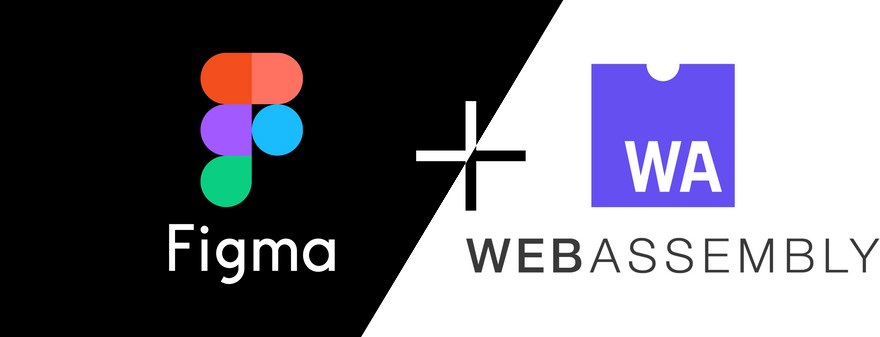
Web development has come a long way, but there’s a new technology on the horizon that’s set to change everything: WebAssembly. This powerful tool is reshaping how we build and run web applications by breaking away from the traditional reliance on HTML, CSS, and JavaScript. It allows developers to run high-performance code directly in the browser, unlocking new possibilities for web apps and beyond.
With WebAssembly, the web is becoming faster, more efficient, and capable of handling more complex tasks. It’s the next big step in web development, offering both speed and versatility for the modern web.
Breaking the limits of the browser
WebAssembly opens up a new era for web development by removing long-standing limitations. Developers are no longer confined to JavaScript, they can now build high-performance web apps using languages like C#, Java, Rust, Python, and more.
In essence, WebAssembly is a low-level, assembly-like language with a compact binary format. It runs at near-native speed and integrates seamlessly with JavaScript, allowing both to work side-by-side in the browser.
And because it’s a W3C standard, WebAssembly is open, transparent, and built with the global developer community. Curious which languages are supported and what they enable? Here’s a breakdown of the top 20 languages and their WebAssembly features.
Broad browser support, wide possibilities
WebAssembly is supported by all major browsers, making it a reliable choice for building modern web applications:
- Chrome;
- Firefox;
- Edge;
- Safari
Its reach doesn’t stop at the browser. WebAssembly also runs on server-side environments like Node.js, expanding its potential far beyond the frontend. Whether you’re building in the browser or beyond it, WebAssembly offers performance, portability, and power at scale.
Dive deeper into WebAssembly
WebAssembly isn’t something you code in directly. It’s a low-level language designed to act as a compilation target for higher-level languages like Rust, C#, or Python. Its compact, binary format is optimized for speed, unlocking near-native performance in the browser.
This means that even performance-heavy applications or codebases written in traditionally slower languages can now run smoothly on the web. WebAssembly brings powerful new options to the table, especially for developers looking to push beyond the limits of JavaScript.

How WebAssembly works in the browser
At its core, WebAssembly allows developers to write code in languages like Rust, C++, or C#, and compile it into a binary format that the browser can safely run in a sandboxed environment. This ensures performance close to native execution without compromising security.
However, unlike JavaScript, WebAssembly can’t directly interact with browser APIs like the DOM, CSSOM, WebGL, IndexedDB, Web Audio API, etc. It relies on JavaScript as a bridge to access these capabilities. This cooperation between WebAssembly and JavaScript is what makes it so powerful: you get the performance benefits of WebAssembly while still being able to leverage the full range of browser functionality.

Technology spotlight: Blazor
WebAssembly isn’t something developers write directly, it’s a compilation target. Just like JavaScript gave rise to frameworks like React and Angular, WebAssembly needs full ecosystems to build real-world applications.
That’s where Blazor comes in. Powered by .NET and C#, Blazor lets developers build full-stack web apps without writing a single line of JavaScript. With the release of .NET 8 in late 2023, Blazor matured from a niche solution into a modern web framework ready for enterprise-grade development.
This article by Ed Charbeneau dives into the latest features and what they mean for the future of .NET on the web.

Performance use case: Figma
WebAssembly promises significant performance improvements for web apps, and Figma is a prime example of this in action. Since 2017, Figma has integrated WebAssembly into its core, with the graphics code written in C++ and compiled to WebAssembly. This has allowed Figma to provide a much faster and smoother experience for users.
As one of Figma’s co-founders shared: “WebAssembly cut Figma’s load time by 3x.” A powerful testament to how WebAssembly can transform the performance of web applications.

Will WebAssembly replace JavaScript?
WebAssembly was never meant to replace JavaScript. Instead, it was designed to work alongside JavaScript, enhancing its capabilities. JavaScript, which has been a core technology of the web since its inception, is indispensable for manipulating the DOM and is used on more than 90% of websites for client-side behavior.
WebAssembly shines in performance-intensive areas such as video editing, CAD applications, gaming, and music streaming, where it significantly boosts efficiency. Therefore, WebAssembly and JavaScript will continue to coexist, each complementing the other to empower modern web development.

Future outlook
WebAssembly’s impact extends far beyond the frontend. It is increasingly transforming backend development as well. Cloud providers are beginning to embrace its power, integrating support into their services and runtime environments.
For example, AWS Lambda now supports WebAssembly, enabling developers to deploy functions in languages like Rust or C, alongside traditional languages. Similarly, Azure Functions has integrated WebAssembly support, enhancing language flexibility and improving runtime efficiency for building serverless applications. This shows how WebAssembly is becoming a key player in both frontend and backend development.